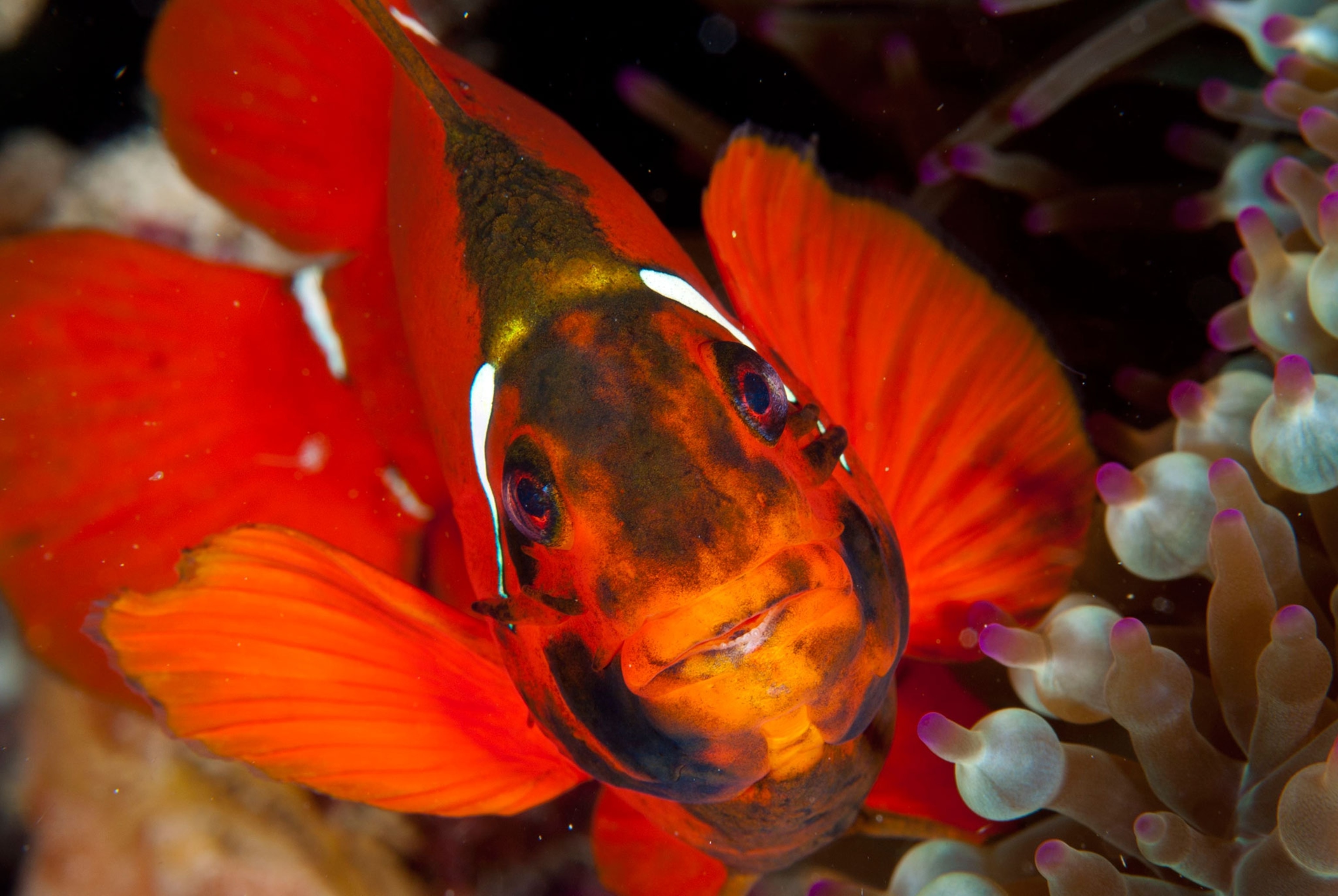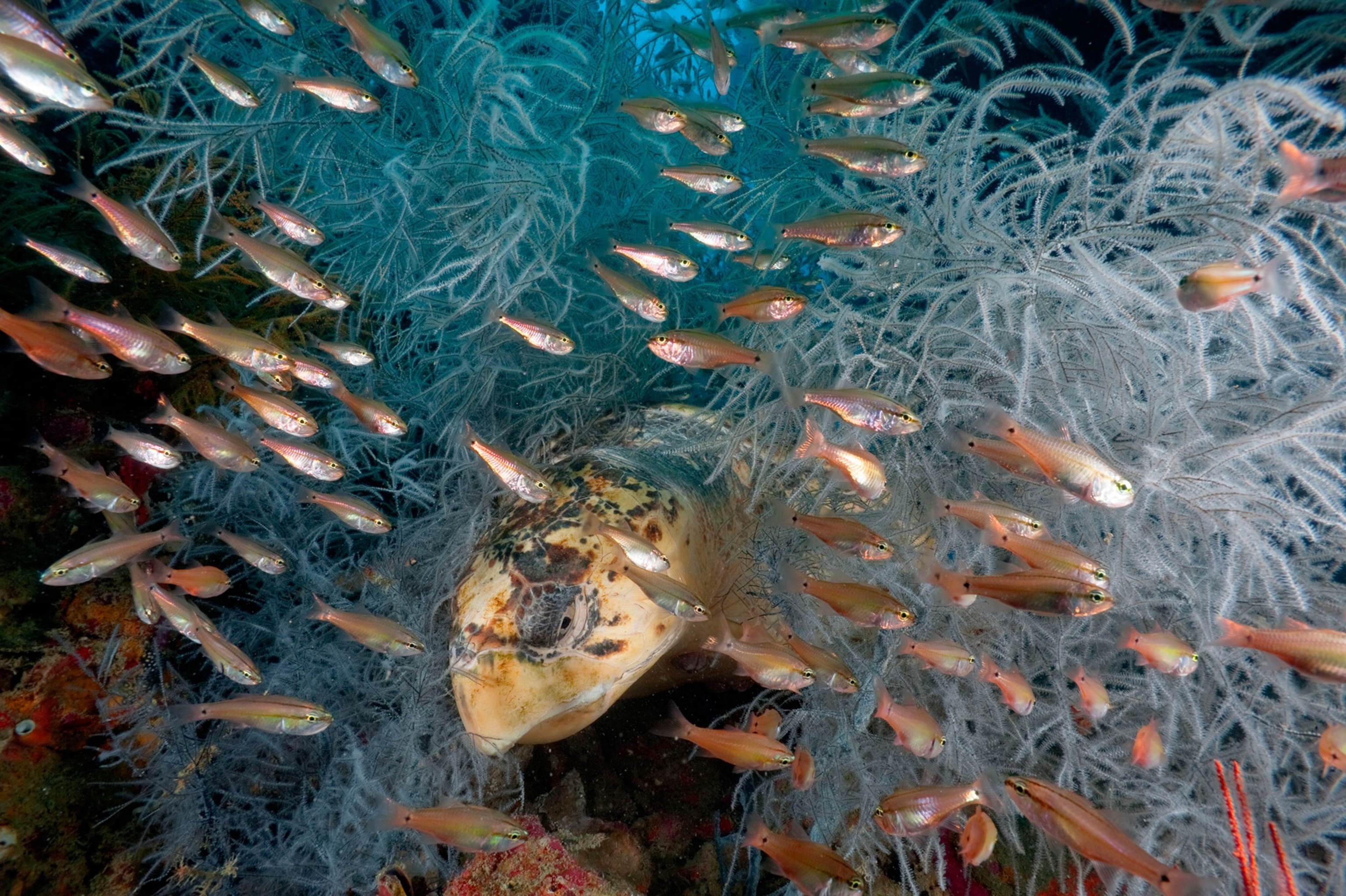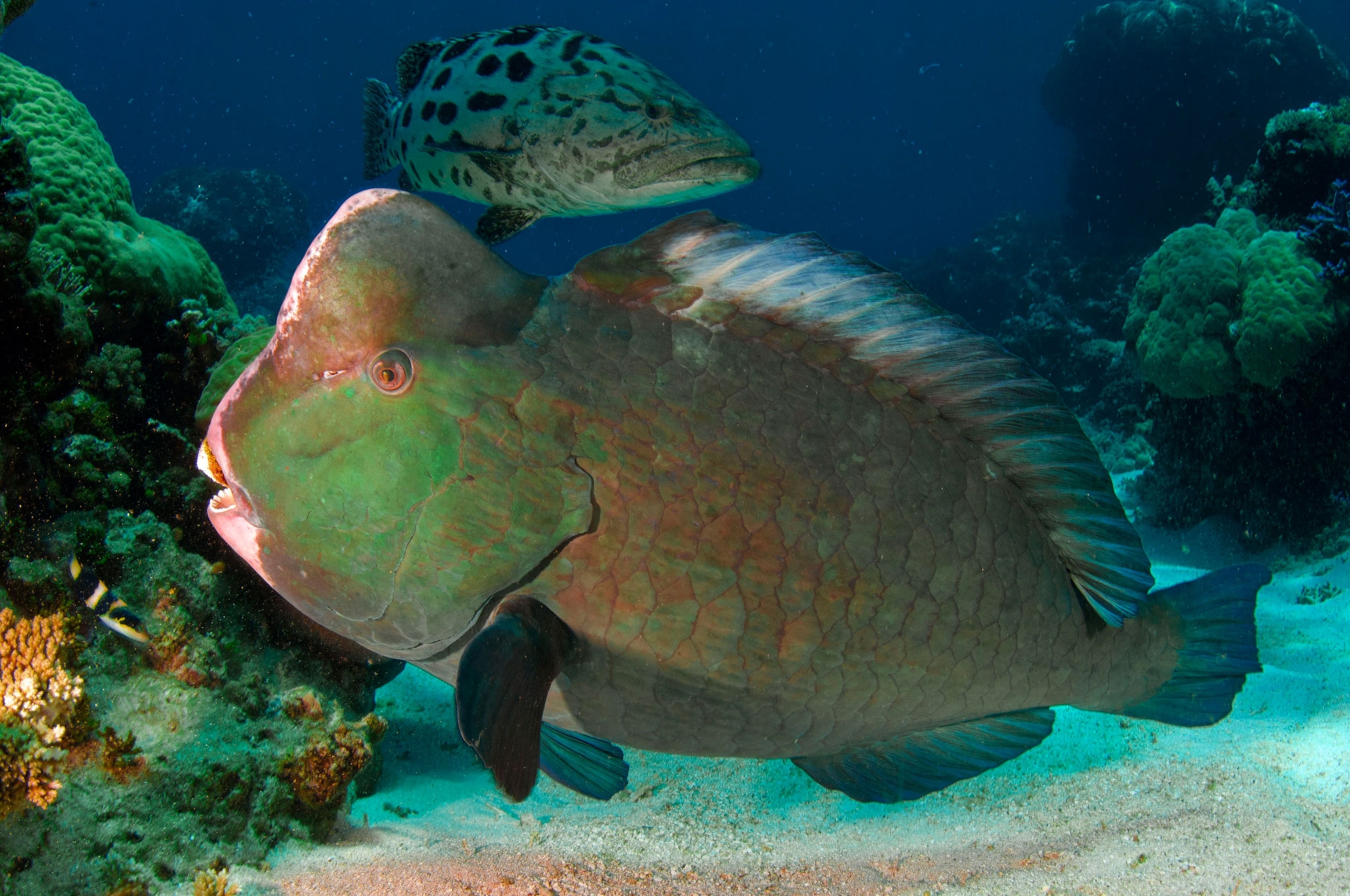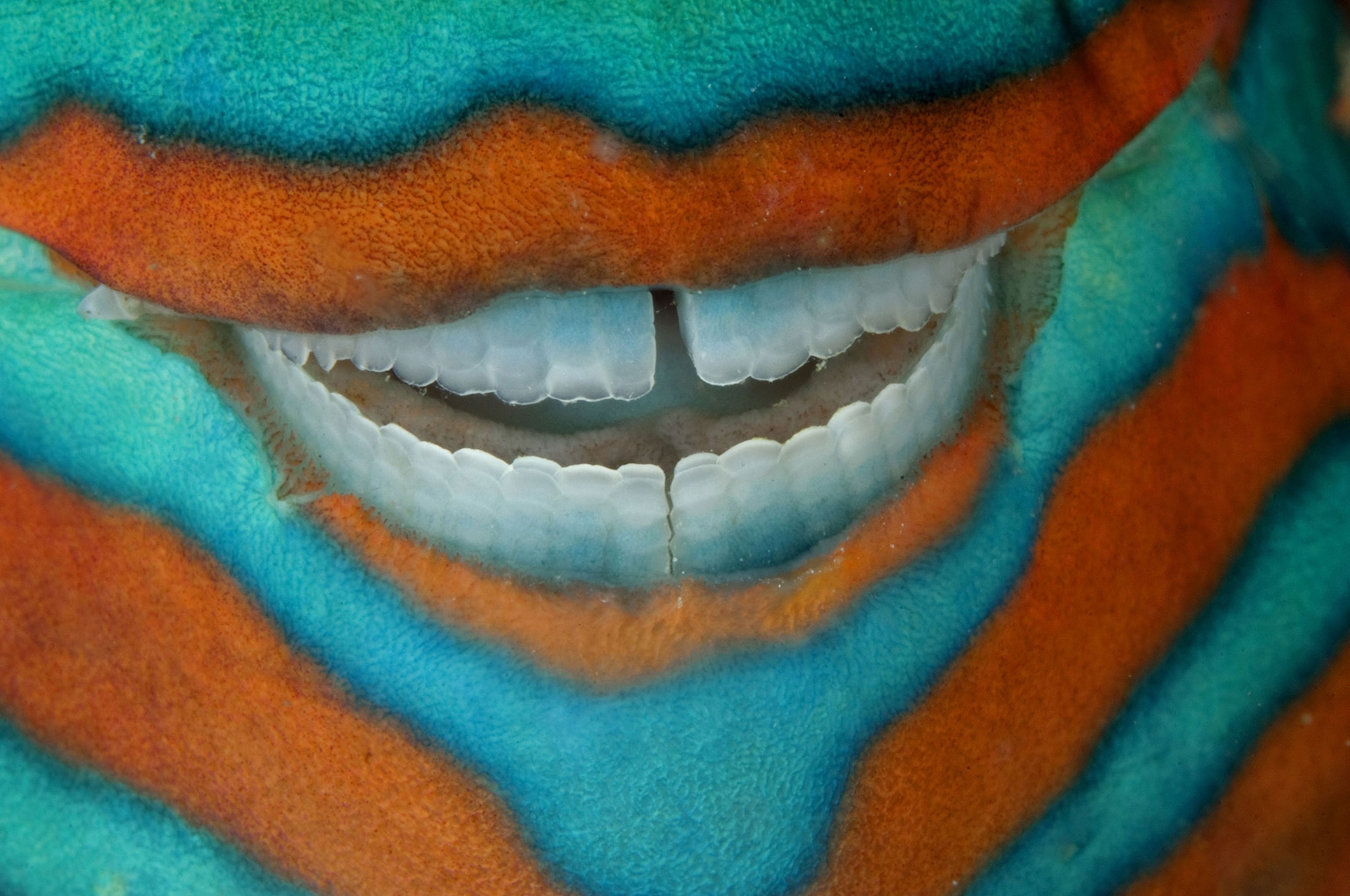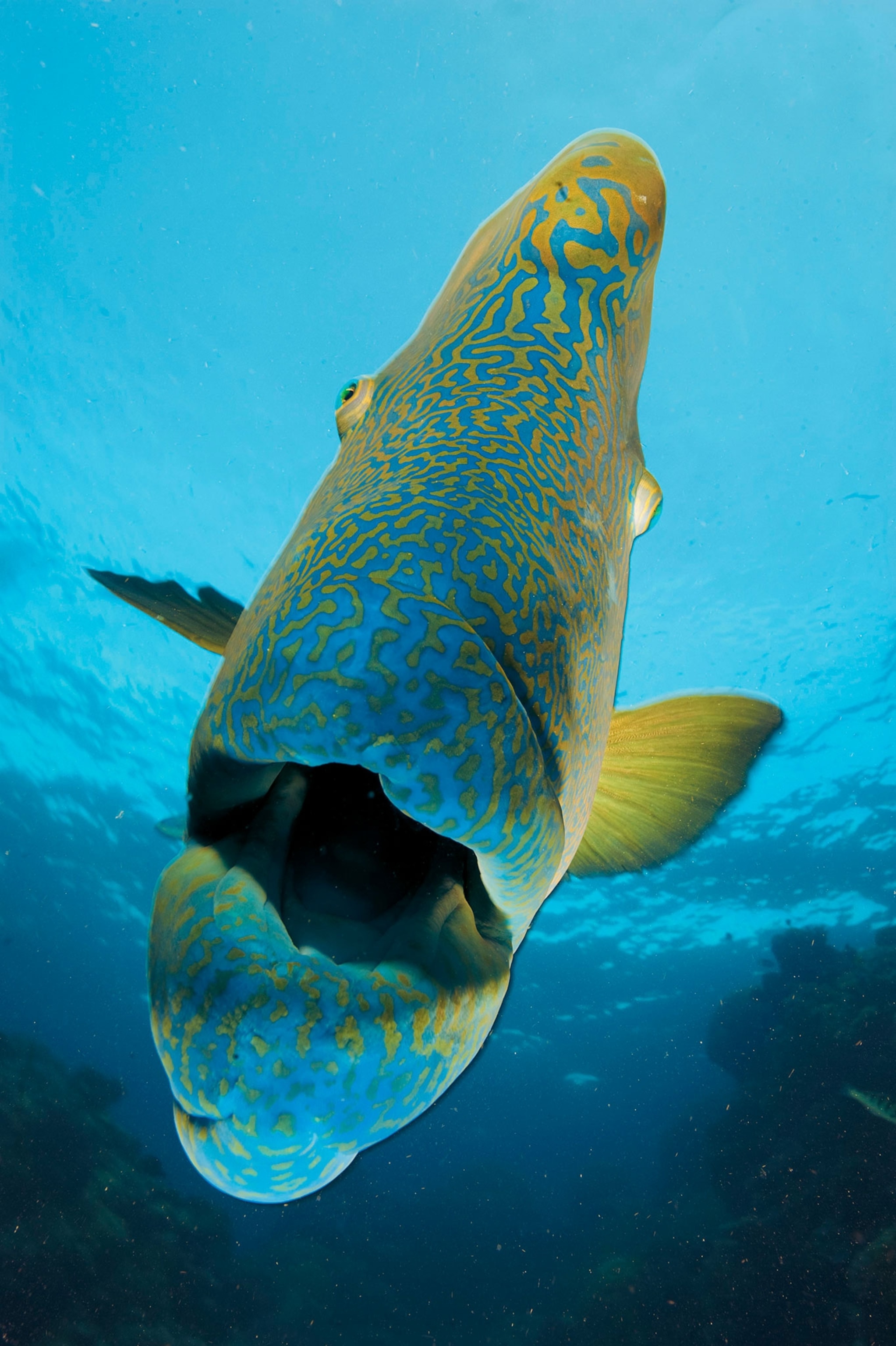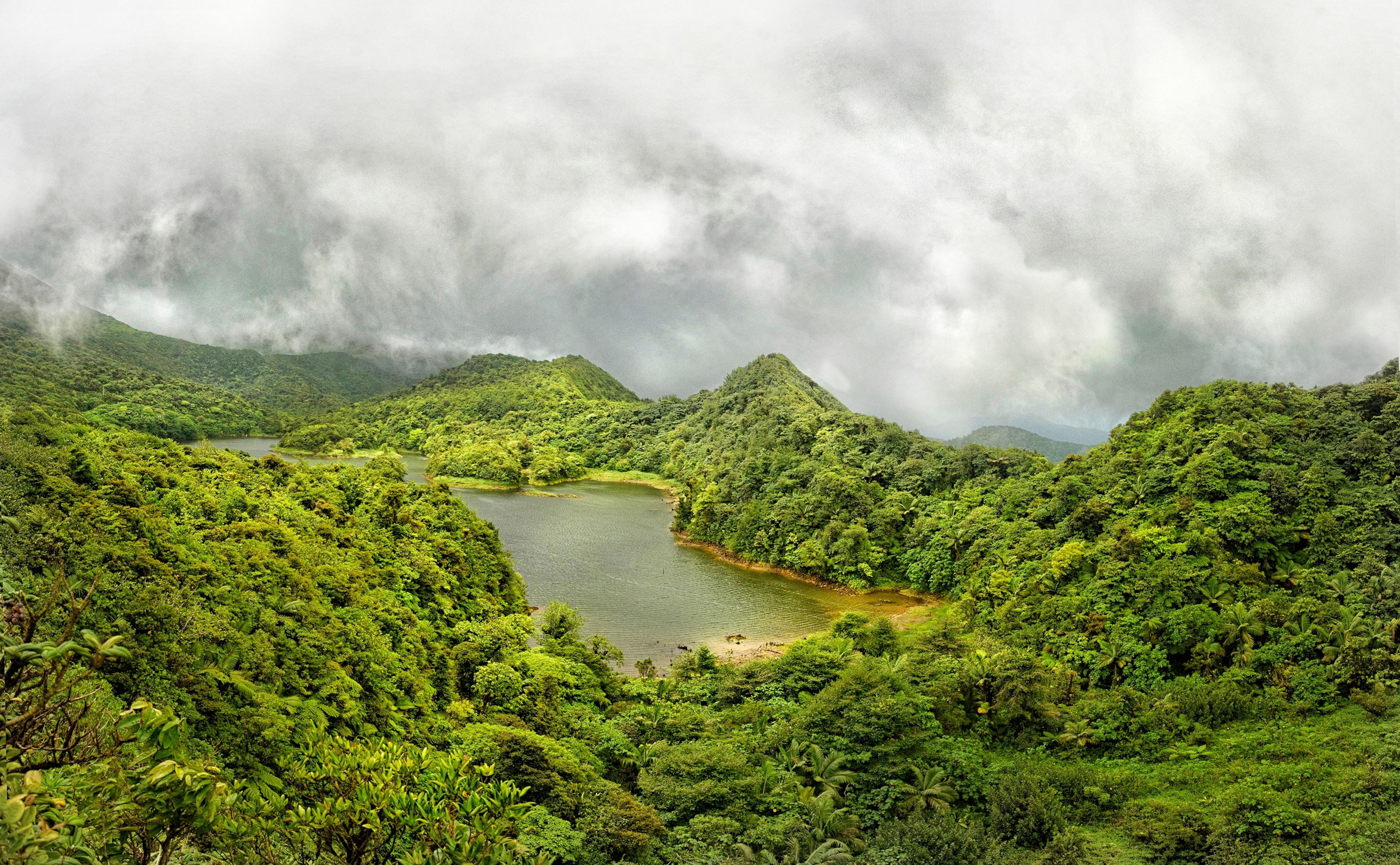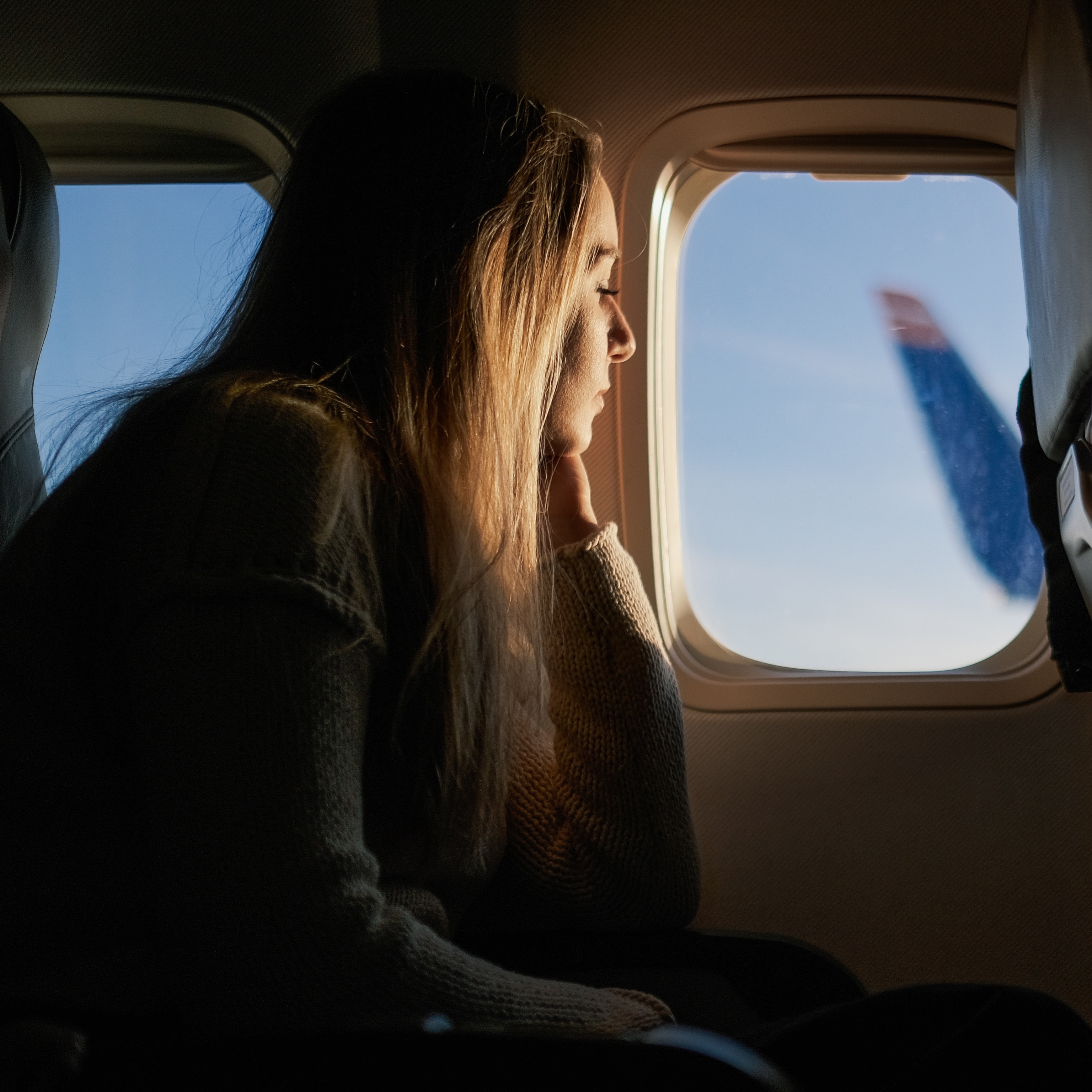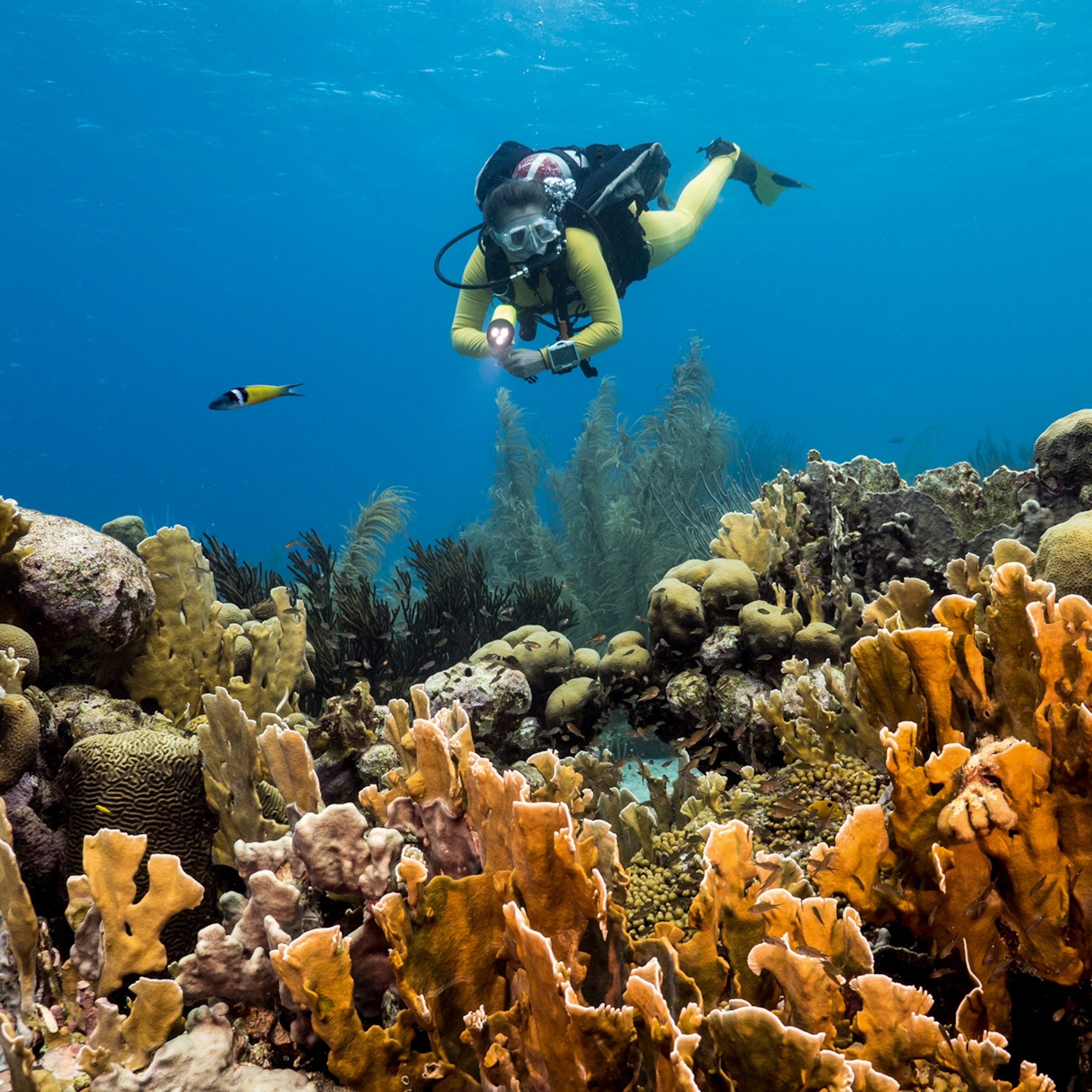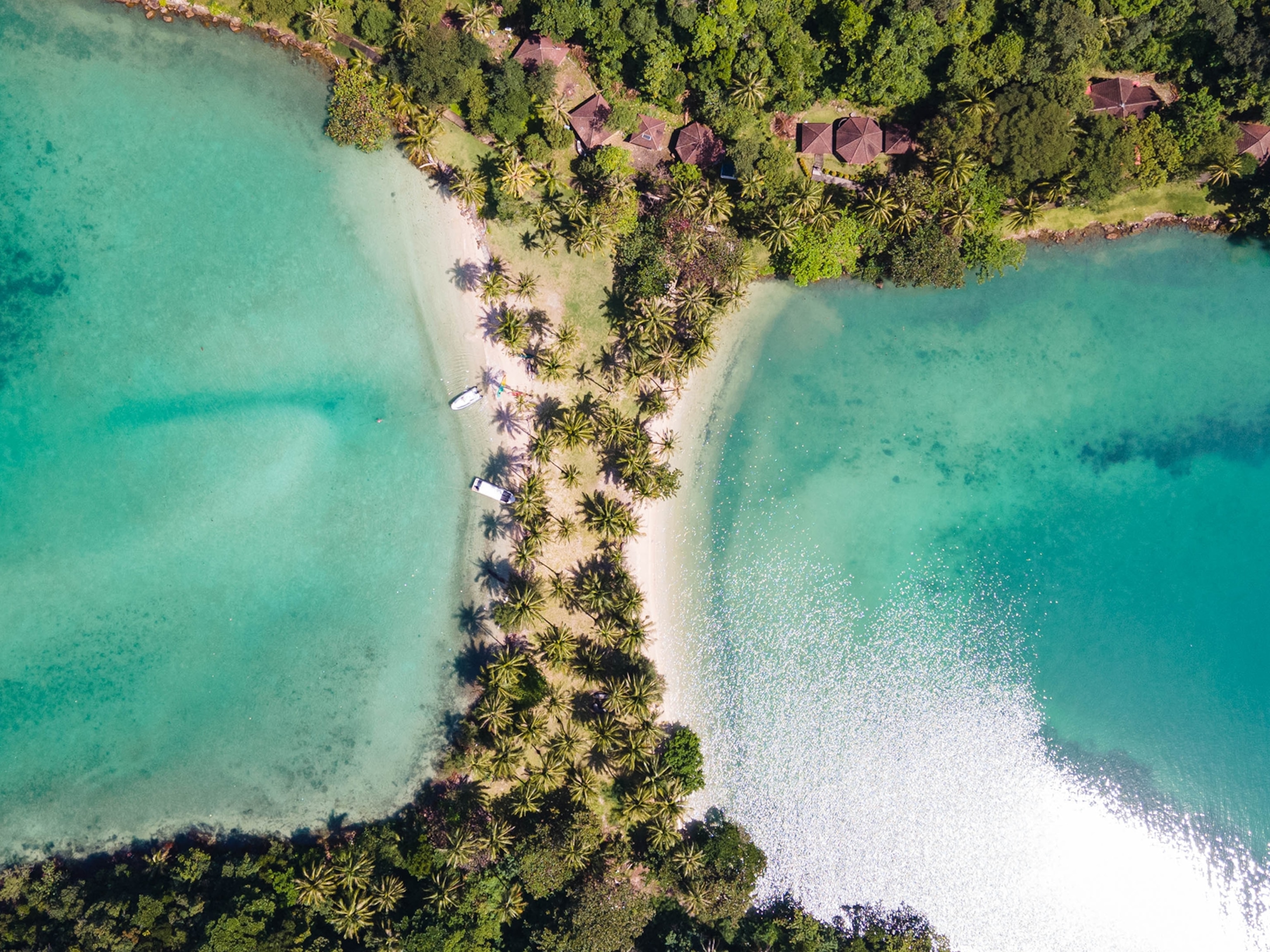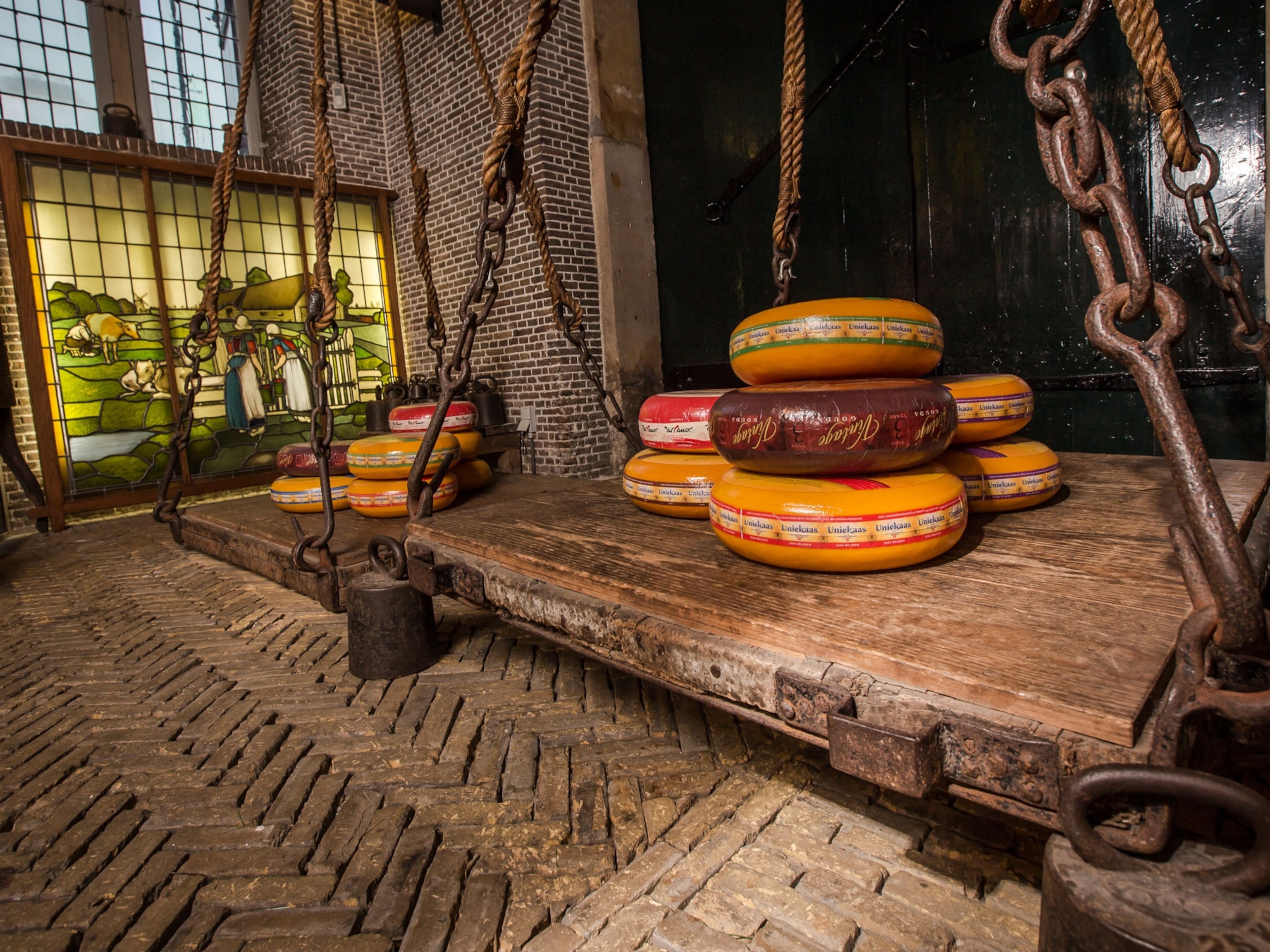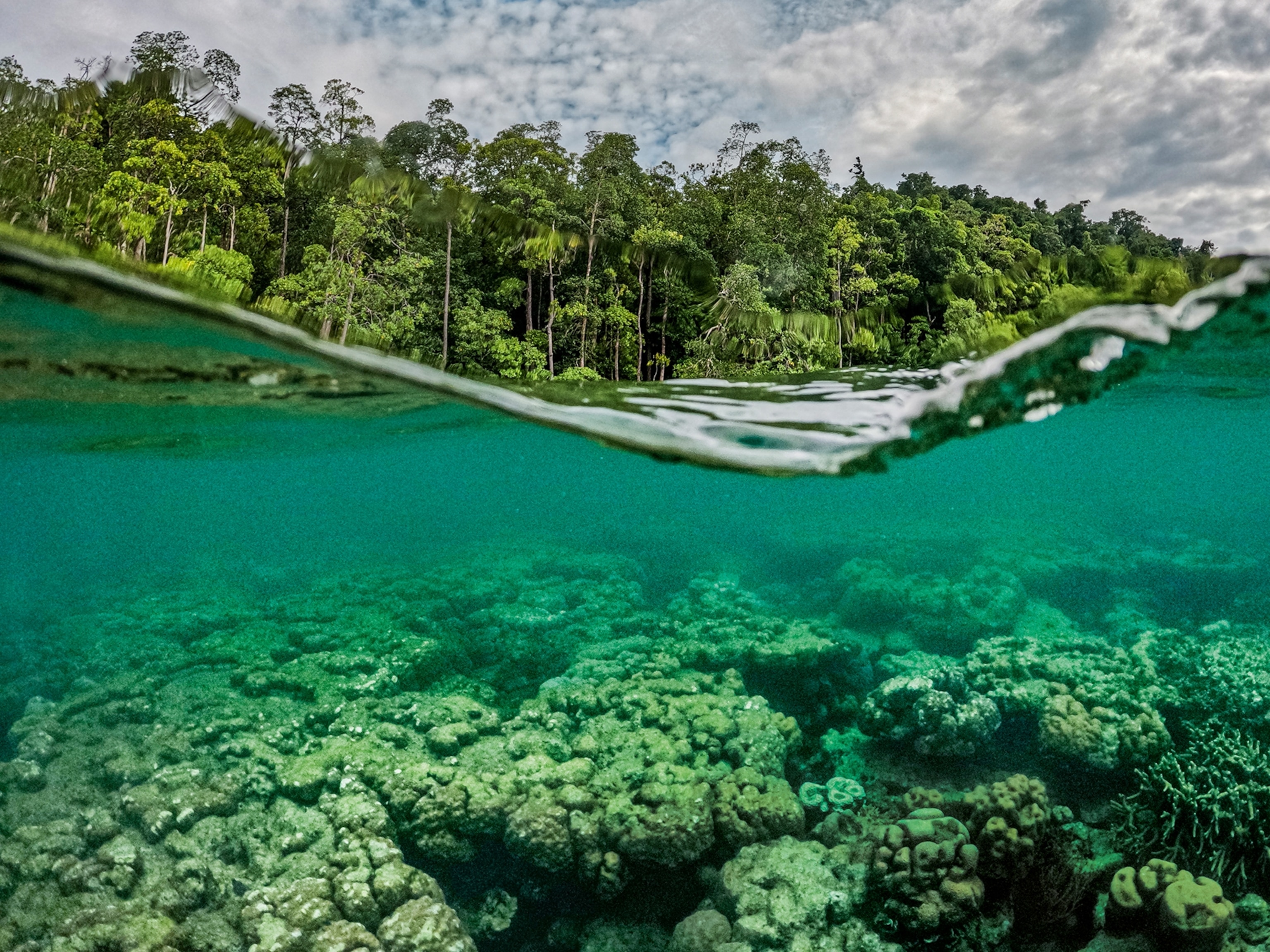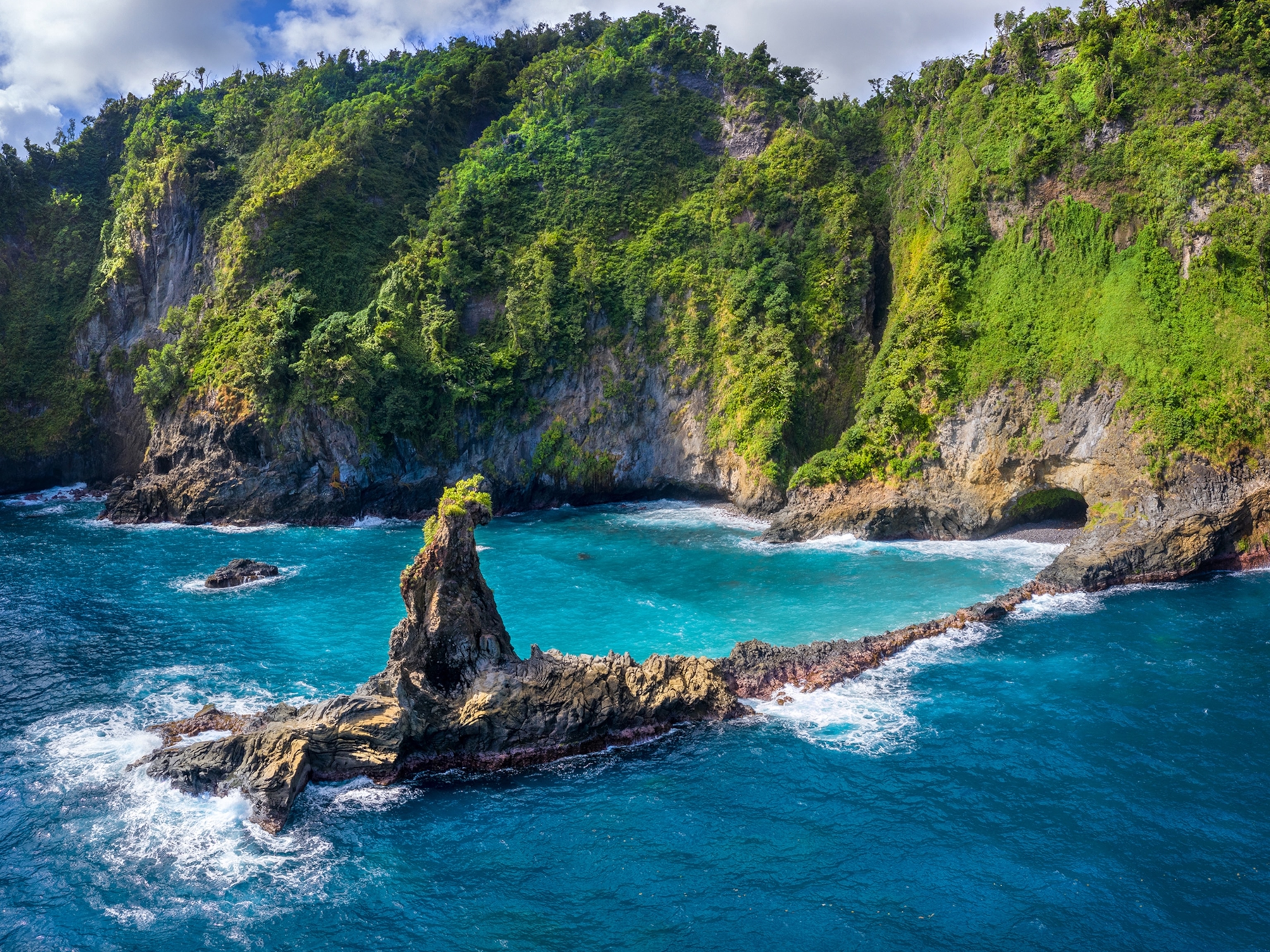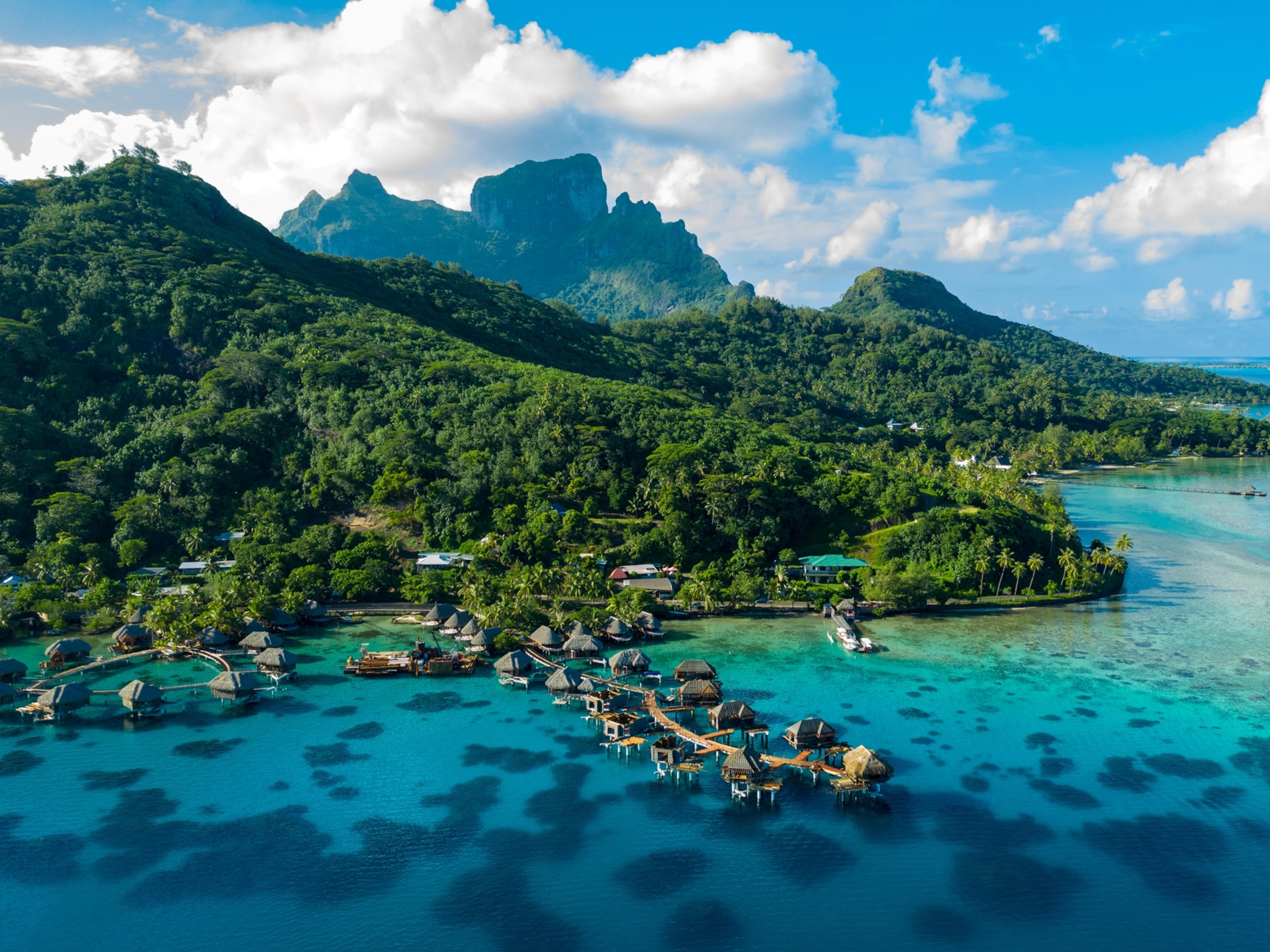
What sunscreens are best for you—and the planet?
Harmful chemicals from sunscreen can damage coral. Here’s how to protect both your skin and the reefs.
The world’s coral reefs are suffering, and chemicals commonly found in sunscreen contribute to the problem. By the numbers, the problem is daunting: 14,000 tons of sunscreen are thought to wash into the oceans each year; 82,000 chemicals from personal-care products may be tainting the seas; about 80 percent of corals in the Caribbean have been lost in the last 50 years due to pollution, coastal development, and warming waters.
But there are some bright ideas for offering reef relief. Some destinations, such as Hawaii and Palau, ban harmful sunscreens. Here’s how you can protect both your skin and coral reefs.
The sunscreen problem
When you swim with sunscreen on, chemicals like oxybenzone can seep into the water, where they’re absorbed by corals. These substances contain nanoparticles that can disrupt coral’s reproduction and growth cycles, ultimately leading to bleaching.
Even if you don’t swim after applying sunscreen, it can go down drains when you shower. Aerosol versions of sunscreen can spray large amounts of the product onto the sand, where it gets washed into our oceans.
Humans might be responsible for this contamination, but we’re also capable of helping heal these fragile underwater ecosystems. On May 1, 2018, lawmakers in Hawaii passed a bill banning the sale of sunscreens containing oxybenzone and octinoxate, another harmful chemical. Hawaii was the first state to pass such a measure, which went into effect as a law on January 1, 2021. (Read about a bright idea that could save the biggest reef on Earth.)
On November 1, 2018, the small island nation of Palau announced it too would ban selling or using sunscreens that contain chemicals harmful to coral reefs. Palau is a pristine archipelago known for having one of the largest marine reserves on the planet.
Smart steps for reef relief
Even with government bans, certain types of sunscreen can be used to guard against burns and skin cancer. Use these tips on sunscreen and other ways to help you protect yourself and the corals.
- See what’s inside: “We recommend the use of reef-safe sunscreen free of oxybenzone,” says Peter Gash, managing director of Lady Elliot Island, near the Great Barrier Reef. Choose mineral-based sunblocks that use zinc oxide or titanium dioxide—“non-nano” size particles that can’t be ingested by corals. If you’re not sure whether a sunscreen has nanoparticles, consult the Consumer Products Inventory.
- Check the list: Haereticus Environmental Lab publishes a list each year of what sunscreens are safe for the environment, and the Environmental Working Group rates products with SPF values—including some 650 sunscreens and 250 moisturizers—on their environmental impact.
- Skip the spray: Aerosols cause much of our sunscreen to miss its mark and fall to the sand, where it can easily wash into the ocean.
- Research the resort: Some hotels are now helping guests be more responsible. For example, Aqua-Aston properties throughout Hawaii offer free reef-friendly sunscreen in “eco kits” and via dispensers in the hotels’ public areas.
- Put the SPF in your outfit: Wearing hats, shirts, and other apparel incorporating UV protection can reduce the amount of sunscreen you need by up to 90 percent, and these items will likely last longer than a bottle of sunscreen.
- Take cover: Pick shady spots for games and bring an umbrella, or better yet, a beach tent to create your own shade. Some beach tents come with cool perks, such as awnings and mini pools.
Reefs at risk around the world
Coral reefs all over the world are threatened by pollution, and many of the most popular destinations have the most at-risk coral. Australia’s Great Barrier Reef and the bays of Hawaii, the U.S. Virgin Islands, and Israel are especially vulnerable.
The Great Barrier Reef is one of the planet’s most spectacular underwater treasures. The reef’s colorful corals serve as a submerged garden for a marine ecosystem that draws visitors to the area from all over the world. Snorkelers and scuba divers can swim alongside some of the thousands fish species that make the reef their home. Lucky travelers might even catch a glimpse of the resident dugongs or sea turtles.
Oahu’s Hanauma Bay, a state park that was formed within a volcanic cone, is another favorite destination. The area’s turquoise surf and vibrant coral gardens lure nearly one million tourists each year, making the spot one of Hawaii’s best places for snorkeling. The bay is home to 450 species of fish and has the largest mass of reef anywhere in Oahu.
Visitors to Hurricane Hole at the Virgin Islands Coral Reef National Monument, located off Saint John, can snorkel in the mangroves with coral, fish, and marine invertebrates. The submerged monument protects 22 miles of marine habitat, including 30 coral species.
At Israel’s popular Eilat Coral Beach Nature Reserve, bridges built above the reefs allow visitors to get a peek at the coral and the colorful fish it houses. Scuba divers can also explore the reefs for a more intimate view.
If coral reefs die, we will have lost a vital ecosystem. We could also hurt our global economy—reefs are a major tourist attraction and source of income for these popular vacation spots. (Read about how one country is restoring its damaged ocean.)

